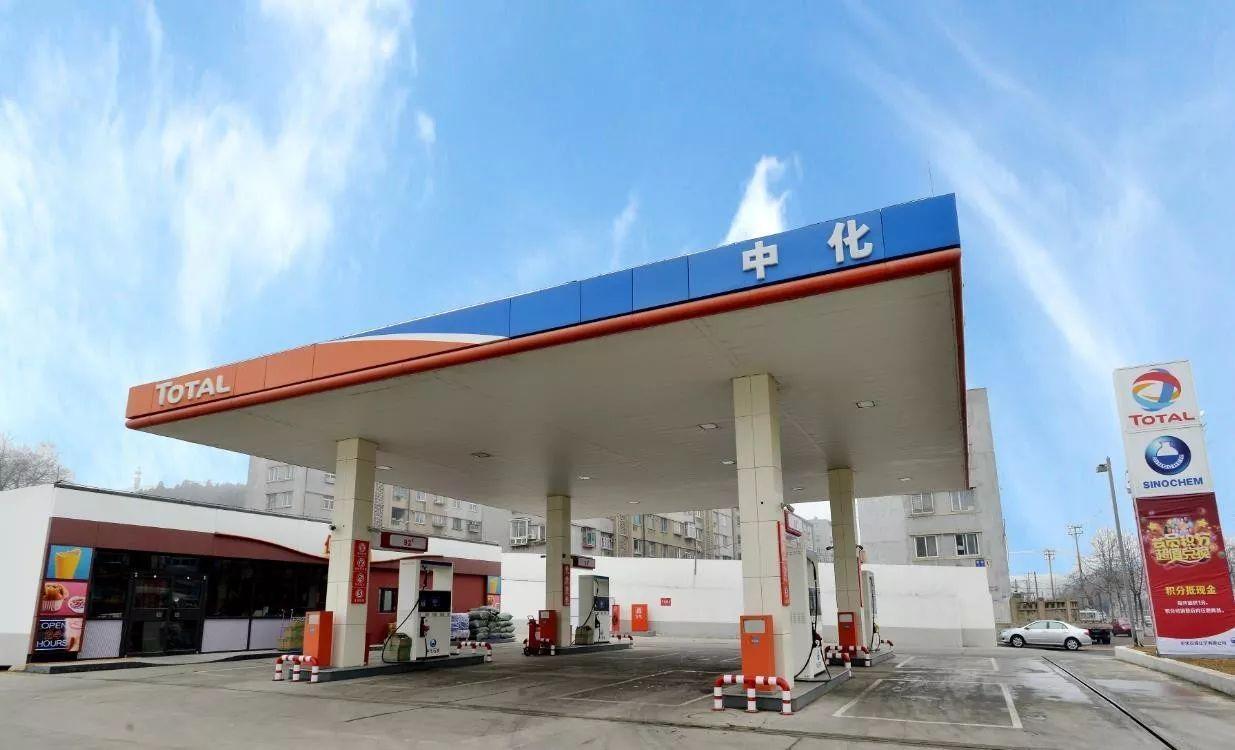
When the energy revolution became the general trend, more and more energy companies began to seek diversified development. Entering 2021, we will witness the rise of new energy.
Since last year, the global energy industry has undergone a major reversal. The world’s largest renewable energy supplier, NextEra Energy, has soared to US$150 billion in market value, surpassing ExxonMobil and Chevron to become the world’s most valuable energy company.
At the same time, China has accelerated the pace of energy transition and put forward the goal of net zero emissions and carbon neutrality. China’s energy giants have begun to increase their layout plans for new energy sources.
As a backbone enterprise in my country’s pillar and basic industries, Sinopec invited four new energy companies, including GCL, Trina Solar, Longi, and Zhonghuan Electronics, to jointly hold a video dialogue on the development of new energy industries. An in-depth discussion on the status quo and future trends of the industry. This is also the first time this petrochemical leader has a dialogue with industry leaders on the topic of new energy.
Sinopec Chairman Zhang Yuzhuo said at the meeting that Sinopec and the four companies have a good foundation for cooperation and broad prospects for cooperation. He hopes that in the future, it will continue to develop broader, deeper and higher-level cooperation around the new energy industry chain.
Not long ago, in the last month of 2020, Sinopec had increased its layout in the photovoltaic industry three times.
On December 8, 2020, Sinopec announced the completion of its 1 MW distributed photovoltaic power generation project in Shengli Oilfield. On the same day, Zhang Yuzhuo, Chairman of Sinopec, led a team to visit Longi, a solar monocrystalline silicon ingot and wafer manufacturer, and expressed his hope to further strengthen exchanges with Longi in the future and jointly explore the development of clean and low-carbon.
On December 18, 2020, Sinopec Group Capital Co., Ltd. announced that it will invest in Changzhou Baijias Thin Film Technology Co., Ltd. to deploy new energy and new materials for photovoltaic power generation.
From the completion of photovoltaic power generation projects, to investing in new photovoltaic materials companies, to the chairman leading a visit to the leaders of the photovoltaic industry, to open a dialogue with industry leaders, all highlights Sinopec’s comprehensive layout of the photovoltaic industry. It can be seen from the official statement that behind Sinopec’s move is a strong demand for its transformation.
In fact, when it comes to the photovoltaic field, Sinopec started its layout many years ago, and it first installed photovoltaic power generation equipment on the roofs of gas stations. Recently, unlike before, Sinopec is no longer limited to downstream photovoltaic projects, but has begun to get involved in the field of upstream photovoltaic materials. This means that Sinopec not only wants to be an end customer in the photovoltaic industry, but also hopes to become a new “player” in the photovoltaic industry that has the right to speak.
Lin Boqiang, dean of the China Energy Policy Research Institute of Xiamen University, said that behind Sinopec’s increase in the photovoltaic industry is its need for transformation. my country proposes to strive to achieve carbon neutrality by 2060. Now there are 40 years left, which is not too long. As a large state-owned enterprise, Sinopec has responded to the policy call and gradually increased its deployment and investment in the field of new energy, which is inseparable from the responsibility of state-owned enterprises.
At present, it is not just Sinopec’s deployment of photovoltaics, from foreign oil companies Total, Shell, ExxonMobil, to domestic CNOOC, State Power Investment, China Resources, China National Nuclear Corporation, petroleum companies, coal companies, nuclear power, automotive energy, Internet and other industries. Foreign companies have already targeted photovoltaics, and have made frequent cross-border actions. The entry of these diversified capital has made the photovoltaic industry usher in an unprecedented wave of marketization.
Why do these well-known companies favor photovoltaics? Because, entering the photovoltaic industry is not only because of the changes in the international energy situation, but also because of the future market prospects of new energy.
In recent years, the global photovoltaic industry has entered a new round of stable growth. According to data from the International Renewable Energy Agency, the global photovoltaic LCOE (Levelized power generation cost) has dropped rapidly from 0.378$/kWh in 2010 to 0.048$/kWh in 2020, a decrease of up to 87%. Photovoltaic power generation has become an important energy supply method.
For oil companies, before the fossil fuel market shrinks, profits from fossil energy should be used to invest in clean energy fields such as photovoltaics to cope with changes in the future energy supply pattern and avoid becoming a single supplier of industrial raw materials.
Also, no company does not want to continue to develop. These companies saw that photovoltaics will become an important pillar of future energy and the market value that photovoltaics will bring, and they are willing to invest large sums of money in them.
No one can accurately predict the future, but the future of new energy is certain. Driven by renewable energy, mainly photovoltaics, a new era has been slowly opened.




 2021-02-03
2021-02-03
















